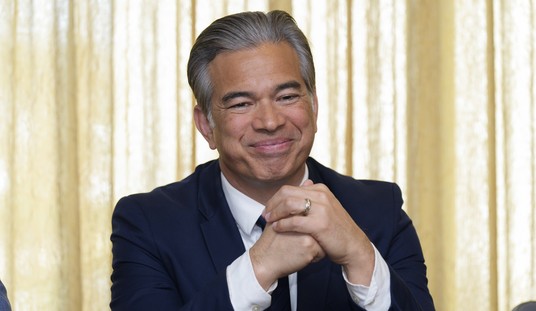The goal of law enforcement agencies nationwide is to protect and serve their communities from criminals.
It is not their goal to see just how much punishment and abuse they can absorb at the hands of the feloniously violent, deeply mentally ill, aggressively suicidal, or deeply stupid.
Officers are not punching bags. Deputies are not targets for blade practice. Agents do not have to wait for impacts and wonder, “are a 9mm full-metal jacket, or a 4.5 steel BB, or 6mm plastic pellets impacting on my sternum?”
When men and women signed up to patrol their communities and try to keep the good and decent people in their towns and cities protected from both the vile human predators and the serially stupid, they did not forfeit their basic human right to protect their own lives.
They went to a police academy or community college law enforcement program and took classes. They learned the basics there, and then they went to find jobs. Once they landed on a department, they got additional training in the field. Based upon the communities in which they serve and the training budgets and priorities of their respective departments, they can have very different kinds of specialty training.
What they did not become are hand-to-hand combat experts, or impact weapon experts, or chemical spray experts, or gun experts, or taser experts, or driving experts. They are exposed to all of these things and given minimal to moderate skill certifications, because that is what we, as taxpayers, are willing to pay for them to do their jobs. We’re simply not willing to pay thousands of dollars per week per officer/deputy agent for them to learn these very perishable skillsets, nor are we willing to budget for the labor hours, facility time, and training costs to keep them on the cutting edge of combatives.
And frankly, they don’t need to be elite level operators, 99.999% of the time.
We instead give them a framework to operate within, the cheapest gear we can get away with buying them, and then expect them to work miracles in impossible circumstances with limited information and expect them to be right 100% of the time, and then crucify them, often even when they’re 100% in the right.
Do you want me to let you in on some harsh truths, my fellow Americans?
If you make a threatening motion, you may be shot
When a person approached by officers makes a motion consistent with an attempt to draw a weapon (especially a motion consistent with drawing a handgun from the waistband), they run a high risk of being shot by any competently-trained officer.
Why?
Because one thing officers learn during the course of their training is the proven truism is that action is always faster than reaction.
They know that if they wait to positively identify a weapon after it has been drawn, the bad guy will have 3-5 rounds downrange before they can even process the information that bullets are coming at them. To have any chance at all of surviving, they must make the commitment to fire the moment they see and process a person making a movement consistent with an attempt to draw a weapon. If they’re good, they may be able to to break the shot at the same time as the bad guy trying to draw the weapon from concealment, if they already have a weapon drawn and held at the ready. If they have their hand on the gun but holstered, or don’t have their hand near the gun when suspect reaches, they’re behind the curve. They better hope that they’re more accurate, because they aren’t going to get the first shots off, and they know it.
They also know that getting shots off doesn’t equate to getting hits, and that even if you get hits, these aren’t “Hollywood” bullets that throw a person ten feet and make them immediately stop doing bad things. Bad guys going to keep doing what they want to do until they decide they don’t want to, or your bullets hit the central nervous system, or the lose enough blood that oxygen isn’t getting to the brain and the collapse.
That could be 30-seconds or a minute or more after a taking multiple bullets through the heart and lungs.
Let’s give you a more relatable example.
Have your hand down at your side, as if you are an officer approaching a suspicious but not overtly threatening person. When you see and can positively identify that I have a gun, draw your finger gun and “fire” at me.
If you’re honest, you know that an officer restricted by policy from firing until he can positively identify a gun is going to take three shots before he even begins his draw. In all likelihood, I can get another 3 rounds downrange before the officer can draw his gun and return fire.
Keep in mind that I’m not drawing particularly fast here, and that this was a cold take, without any sort of warm-up, and yet I went from completely concealed to having a gun in my hand and three rounds downrange in less than two seconds. I also intentionally didn’t incorporate any movement here.
Are you starting to grasp why officers must shoot on that threatening movement yet?
The only chance an officer has in this all-too-common circumstance is to make the decision to fire when he sees a suspect reaching towards his or her waist.
Signing up to be a law enforcement officer is not a suicide pact. They have no obligation to take bullets because a suspect refuses to comply with lawful commands and/or makes the decision to reach towards their waistband in a manner a reasonable person would interpret as reaching for a weapon.








Join the conversation as a VIP Member